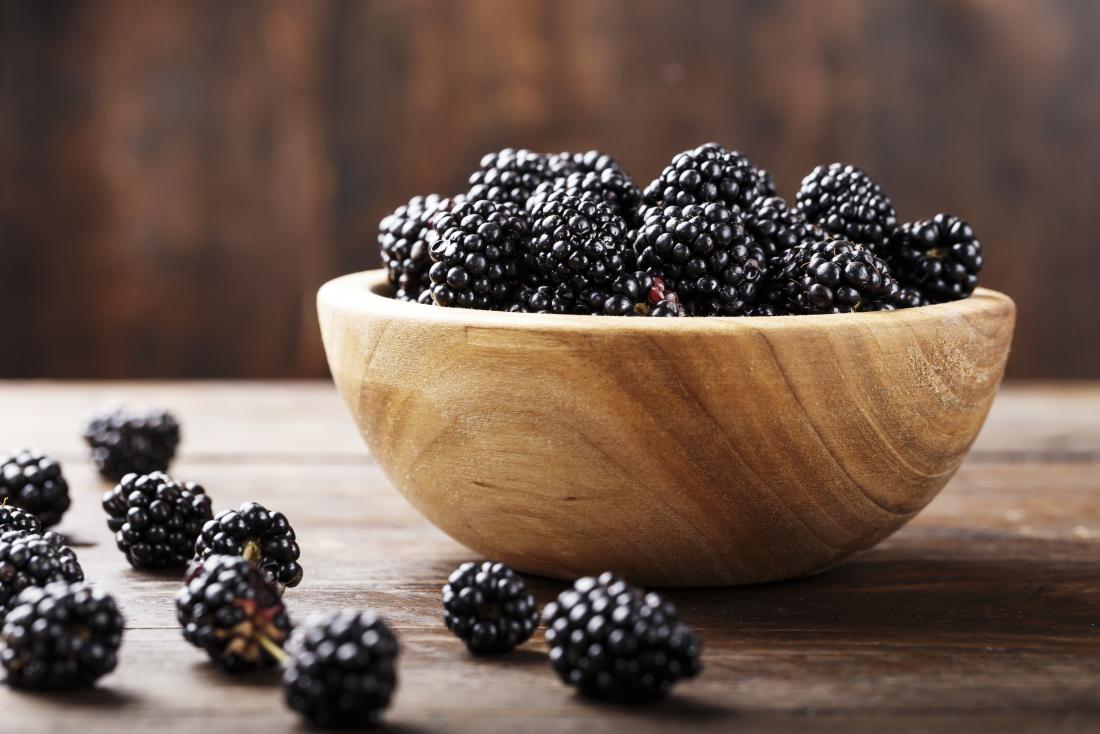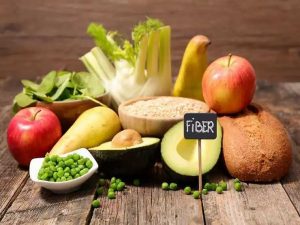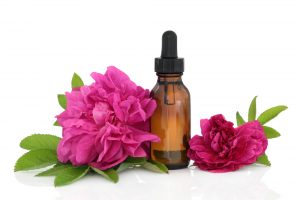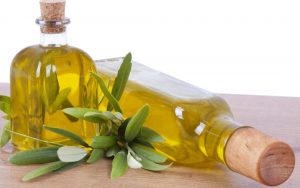Bramble as it is commonly called, blackberry is a trailing perennial plant that thrives in every English hedge-row, or in dry or sandy soil in the northeastern and middle part of the United States and it is cultivated in many places in the world. Structurally, the blackberry has slender branches that highlight pointed and re-curved prickles with a finely hairy leaves with 3 to 5 leaflets. It has beautiful white five-petaled flowers that bloom from the month of June to September. And interestingly, the blackberry’s berries turn red as they ripen and they become a juicy and purplish blue black by midsummer.
But blackberry is more than just a beautiful plant with beautiful flowers. Blackberry has a variety of important uses and functions. Historically, from the time of Christ, the blackberry’s leaves are chewed for those with bleeding gums. And as a folk remedy, the blackberry has been used for diarrhea for a long period of time. It has been used by the ancient Greeks to treat gout which later led to the reputation of blackberry as being “goutberry’.
In addition, the blackberry is applied by some Chinese to treat kidney problems, urinary incontinence, and impotence. And the Romans chewed the leaves of this plant for bleeding gums and they drank a mixture of it for treating diarrhea. It is also used to soothe scalds as well as burns. Interestingly, the modern herbalist used blackberry as an astringent for the treatment of diarrhea.
However, aside from its being a cure for diarrhea, the contemporary herbalists also applied blackberry as an astringent for treating wounds, mouth sores, sore throat, and hemorrhoids. In fact, certain findings considered this herb as an unparalleled, gentle, and safe astringent remedy that has several uses, particularly in all situations.
It was traditionally applied by some Englishmen externally as a wash in a whole level of skin eruptions as well as burns. It will greatly stop the bleeding and so it can be applied in leucorrhea. Since the blackberry is also used in the form of tea, most of the herbalists thought that through the use of it, those who suffer from enteritis, acute appendicitis, and leucorrhea, may take some benefits from it. The blackberry has also expectorant properties that contribute a large part in the medicinal actions.
However, it is necessary to know that since the blackberry contains a high level of tannins, the blackberry root is not really applicable in case like cancer and from chronic gastrointestinal conditions like the colitis. Just use this herb for medicinal purposes with the proper medicinal amounts and under the guidance of a certified professional. And if you vomit or you experience nausea, it is right to stop taking it immediately and then to contact a doctor.
In terms of taking it, the German Commission E monograph recently suggests 4.5 grams of blackberry leaf every day. The blackberry teas is then prepared by means of adding 1.5 grams of leaves or powdered root to 250 ml of boiling water and letting it to saturate for 10 to 15 minutes. The usual amount of blackberry tea that should be taken every day is about three cups per day.












Be First to Comment